Home>Ideas and Tips>Home Office Ergonomic Mouse Selection Prevent Wrist Strain


Ideas and Tips
Home Office Ergonomic Mouse Selection Prevent Wrist Strain
Published: September 2, 2024
Discover how to select an ergonomic mouse for your home office to prevent wrist strain and boost productivity. Learn tips for optimal ergonomic setup.
(Many of the links in this article redirect to a specific reviewed product. Your purchase of these products through affiliate links helps to generate commission for Storables.com, at no extra cost. Learn more)
In today's digital age, many of us spend a significant amount of time working from home, often at a desk with a computer and mouse. While this setup can be convenient and productive, it also poses a risk to our health, particularly in terms of wrist strain and related musculoskeletal issues. One of the most effective ways to mitigate this risk is by selecting and using an ergonomic mouse.
The Importance of Ergonomic Mice
Ergonomic mice are designed to reduce the strain on your hand, wrist, and arm while you work. Traditional computer mice can force your hand into an unnatural position, leading to tension and strain over time. This repetitive stress can result in discomfort, pain, and even injury. Conditions like carpal tunnel syndrome and repetitive strain injury are common among office workers who spend long hours using a standard mouse.
An ergonomic mouse, on the other hand, is designed to fit your hand more naturally and encourage a more relaxed grip. This reduces the amount of tension you need to apply to use it, thereby minimizing the risk of developing musculoskeletal disorders.
Benefits of Using an Ergonomic Mouse
Using an ergonomic mouse can significantly reduce pain and discomfort in your hand, wrist, and arm. By fitting your hand naturally and encouraging a relaxed grip, these mice help alleviate tension that can lead to long-term injuries.
When you're in pain or discomfort, it's challenging to stay focused and productive. An ergonomic mouse helps you work more comfortably for longer periods, allowing you to stay focused and on task. This increased comfort leads to higher productivity levels.
Many ergonomic mice are designed to encourage a more neutral wrist and arm position. By positioning your hand in a more natural way, you may be able to reduce strain on your neck and shoulders as well. Over time, this can help improve your overall posture and reduce the risk of developing related issues like back pain.
Many ergonomic mice come with customizable settings, allowing you to adjust the sensitivity or speed of the cursor, as well as other features like button placement. By customizing your mouse to fit your needs, you can further reduce the strain on your hand and wrist, as well as improve your overall comfort and productivity.
Tips for Selecting an Ergonomic Mouse
-
Mouse Grip
Avoid gripping your mouse too hard This puts unnecessary strain on your hand and wrist. Lightly grip your mouse while you roll it over the mousing surface. -
Mouse from the Elbow
It’s important to keep your wrist in a neutral posture, so mouse from the elbow. If you use your wrist as the pivot point, the micro-movements take your wrist out of a neutral posture. -
Optimal Mouse Position
According to renowned researcher and ergonomics professor Dr. Alan Hedge, if you sit back in your chair, relax your arms then lift your mousing hand up while pivoting at the elbow until your hand is just above elbow level, your mouse should be positioned somewhere around this point. -
Protect Your Wrist
You’ll remember from various sources that contact stress on the heel of the wrist is a common problem with most computer mice. Minimize this as much as you can to protect your wrist. -
Avoid Restricting Circulation
Avoid contact stress in the wrist. Restricting blood flow into the hand increases injury risk. -
Don’t Use a Wrist Rest
Research has shown that a wrist rest increases pressure inside the carpal tunnel. Instead, focus on maintaining a neutral wrist position. -
Avoid Restricting Arm Movement
Mousing from the elbow requires arm movement, so make sure there is plenty of room for movement. If you restrict your arm from moving, it will encourage mousing from the wrist which increases stress and strain. -
Keep the Mouse Free Moving
Similar to the point above, make sure there is plenty of room for the mouse itself to move. -
Mouse Shape
Use a symmetrically shaped mouse that fits your hand and is as flat as possible to reduce wrist extension. -
Load Sharing
If you’re ambitious, you can try load sharing. This means you choose a workstation setup that will allow you to switch the mouse between your right and left hand, like a switch hitter in baseball.
Types of Ergonomic Mice
-
Vertical Mice
Vertical mice are designed to keep your hand in a neutral position, reducing strain on your wrist and forearm. These mice often have a vertical or angled design that encourages mousing from the elbow rather than the wrist. -
Trackball Mice
Trackball mice allow you to control the cursor by rolling a ball with your thumb or fingers. This type of mouse can be beneficial for those who prefer not to move their wrist or hand excessively. -
Optical Mice
Optical mice use light to track movement rather than a physical ball. They are often more ergonomic than traditional mechanical mice because they do not require as much hand movement. -
Gaming Mice
Gaming mice are designed for precision and speed but often come with ergonomic features such as customizable grips and adjustable DPI settings. They can be beneficial for those who spend long hours gaming or using their computer for intense tasks.
Setting Up Your Home Office Workspace
-
Chair Height and Position
Ensure your chair is at the correct height so that your feet are flat on the floor or on a footrest, with your knees at or below hip level. Adjust the chair height so that your elbows are at a 90-degree angle when your arms are at your sides. -
Desk Height
Position your desk so that it is at elbow height when you are sitting comfortably in your chair. This allows you to work with your arms at a 90-degree angle without straining. -
Monitor Placement
Place your monitor directly in front of you, at a distance of about 20-25 inches. The top of the monitor should be at eye level or slightly below to avoid tilting your head up or down. -
Keyboard Position
Position your keyboard directly in front of your body, with your wrists straight and your elbows at a 90-degree angle. Avoid bending your wrists up or down while typing. -
Mouse Position
Place your mouse close to your body and at the same height as your keyboard. This allows you to move your arm rather than your wrist to control the cursor. -
Armrests
Use armrests on your chair if necessary to support your arms while working. The armrests should be at desk height or slightly above, providing full support for your forearms without forcing you to bend or twist. -
Wrist Angle
Relax your wrists and let them float above the desk surface naturally. Avoid bending them up or down excessively as this can lead to strain and discomfort. -
Micro Adjustments
Make micro adjustments to your setup regularly to ensure optimal comfort and ergonomics. This might involve adjusting the height of your chair, moving your monitor slightly, or changing the position of your mouse.
Conclusion
Selecting and using an ergonomic mouse is crucial for preventing wrist strain and related musculoskeletal issues. By choosing a mouse that fits your hand naturally and encouraging a more relaxed grip, you can significantly reduce the risk of developing conditions like carpal tunnel syndrome and repetitive strain injury. Additionally, setting up your home office workspace with optimal ergonomics can further enhance comfort and productivity.
By following these guidelines and tips, you can create a workspace that promotes health and efficiency, allowing you to work comfortably for extended periods without compromising your well-being.
References
- Reddit: What part of your desk setup causes wrist / hand pain from using your mouse?
- Ergo-Plus: Office Ergonomics: How to Select and Use a Computer Mouse
- LinkedIn: The use of an ergonomics mouse in the office.
By implementing these strategies, you can create a healthier and more productive workspace that supports your overall well-being.
Was this page helpful?
At Storables.com, we guarantee accurate and reliable information. Our content, validated by Expert Board Contributors, is crafted following stringent Editorial Policies. We're committed to providing you with well-researched, expert-backed insights for all your informational needs.


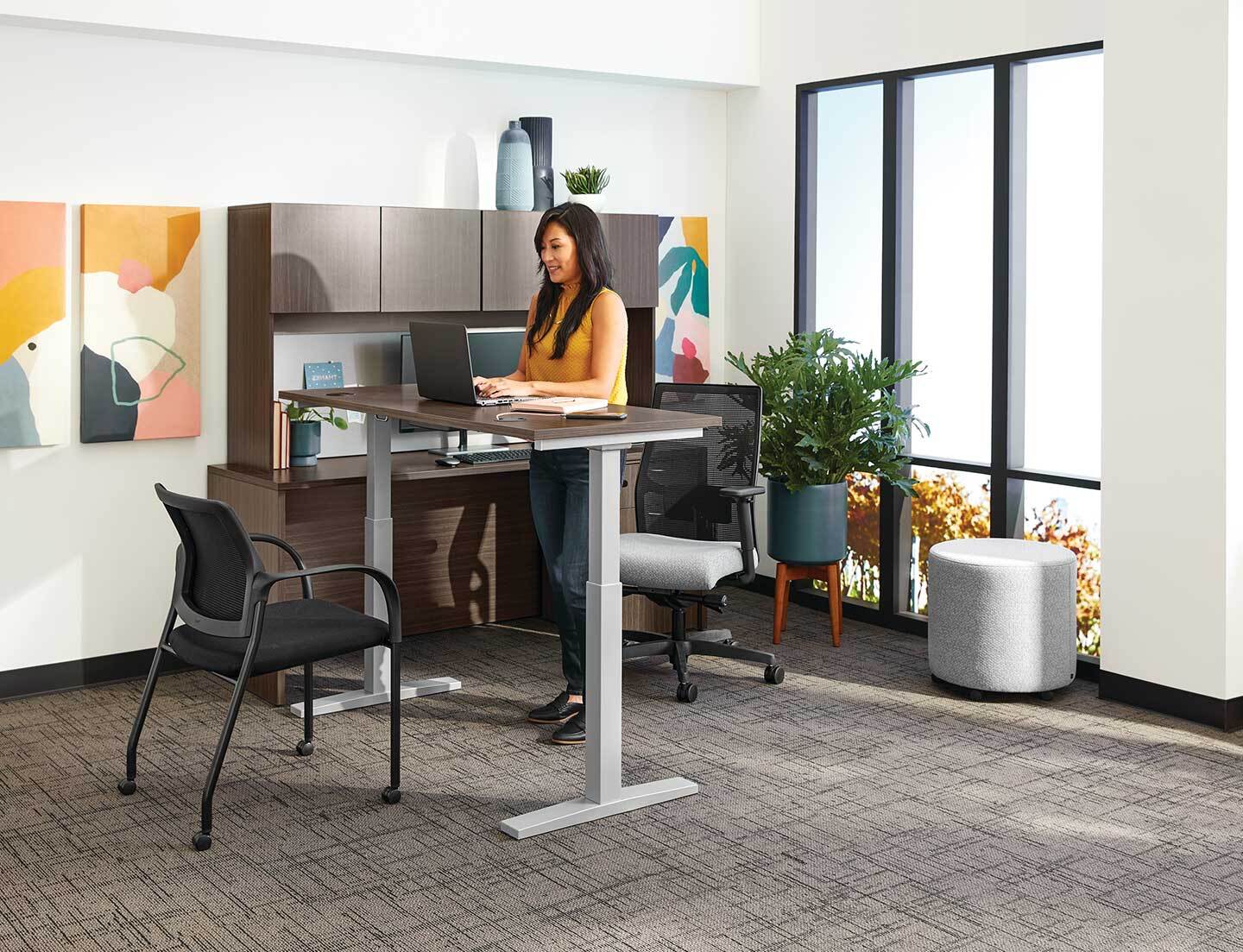

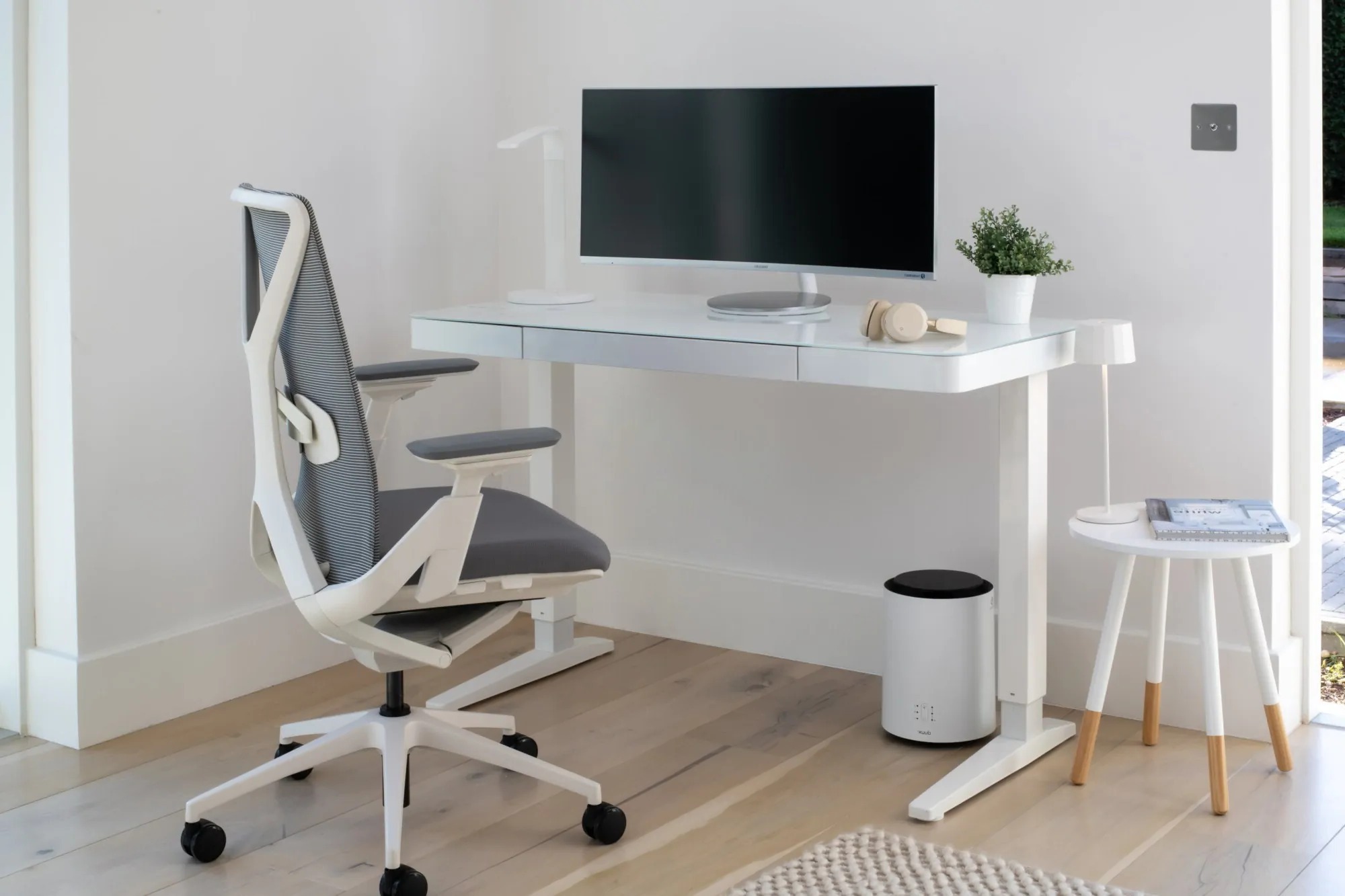


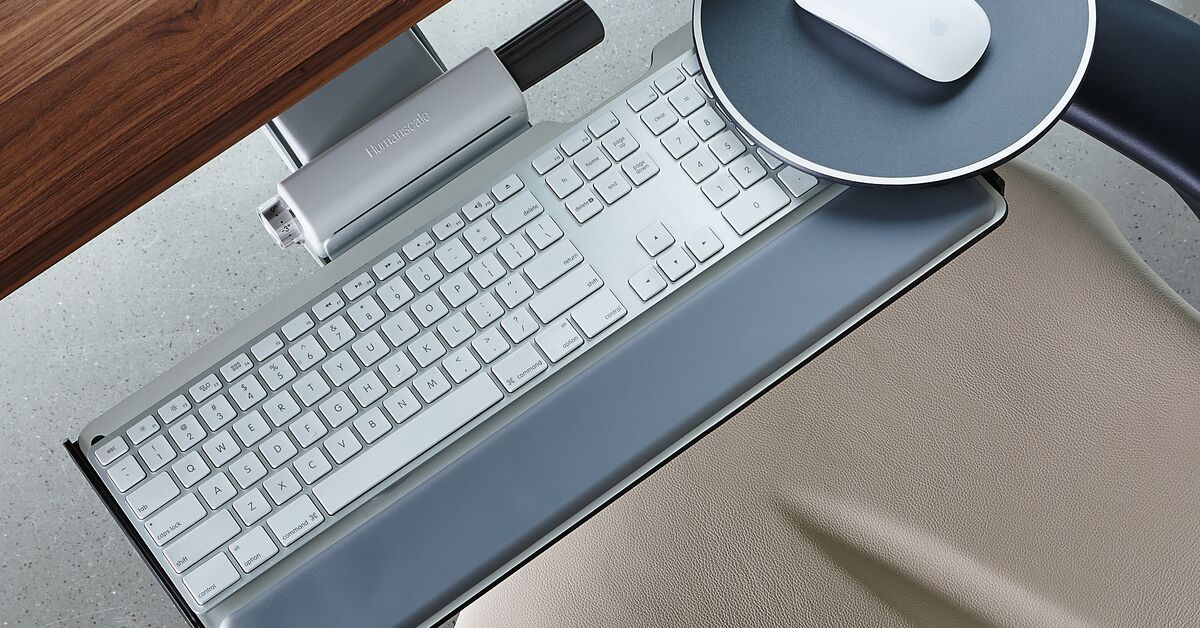
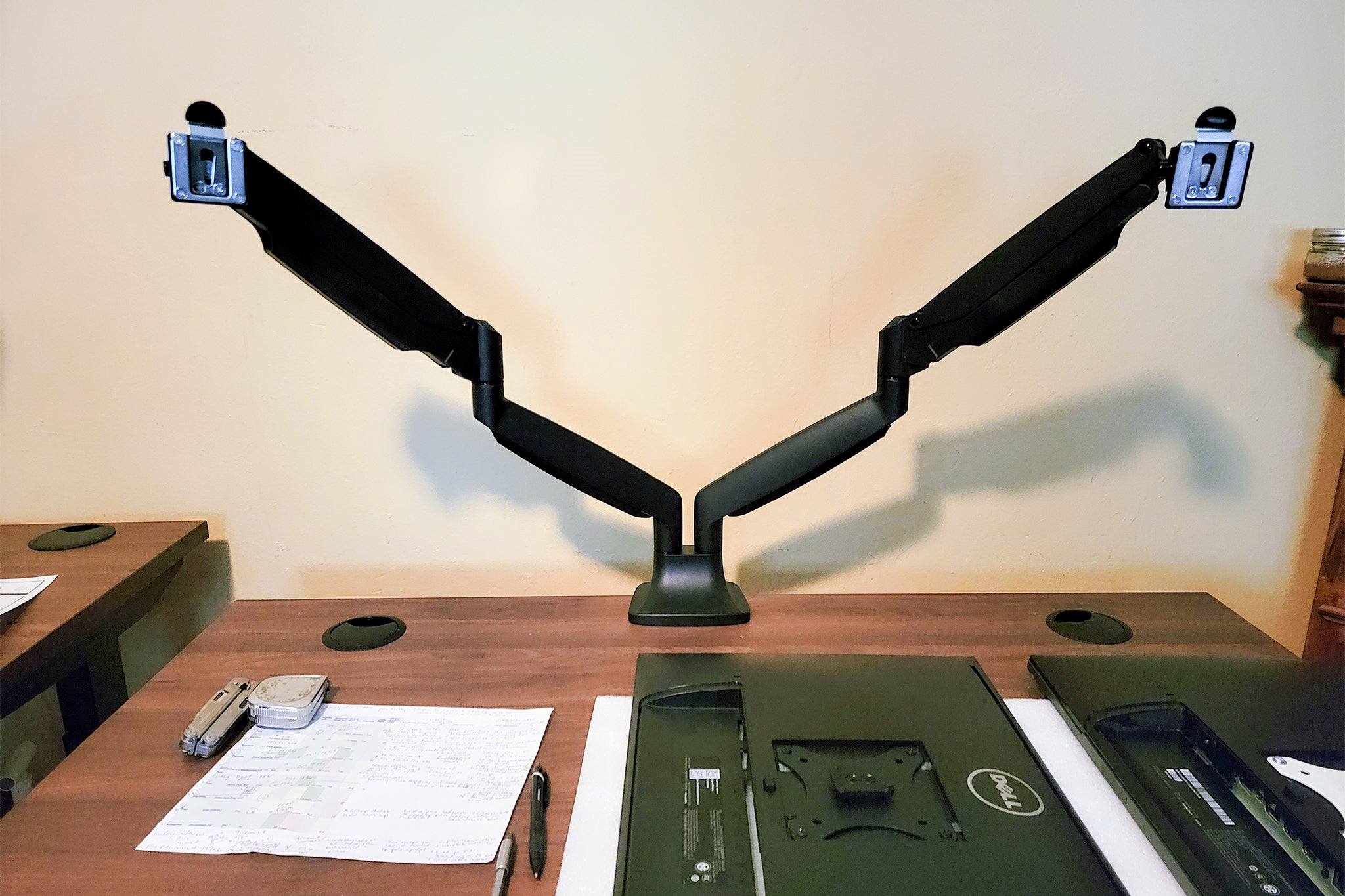

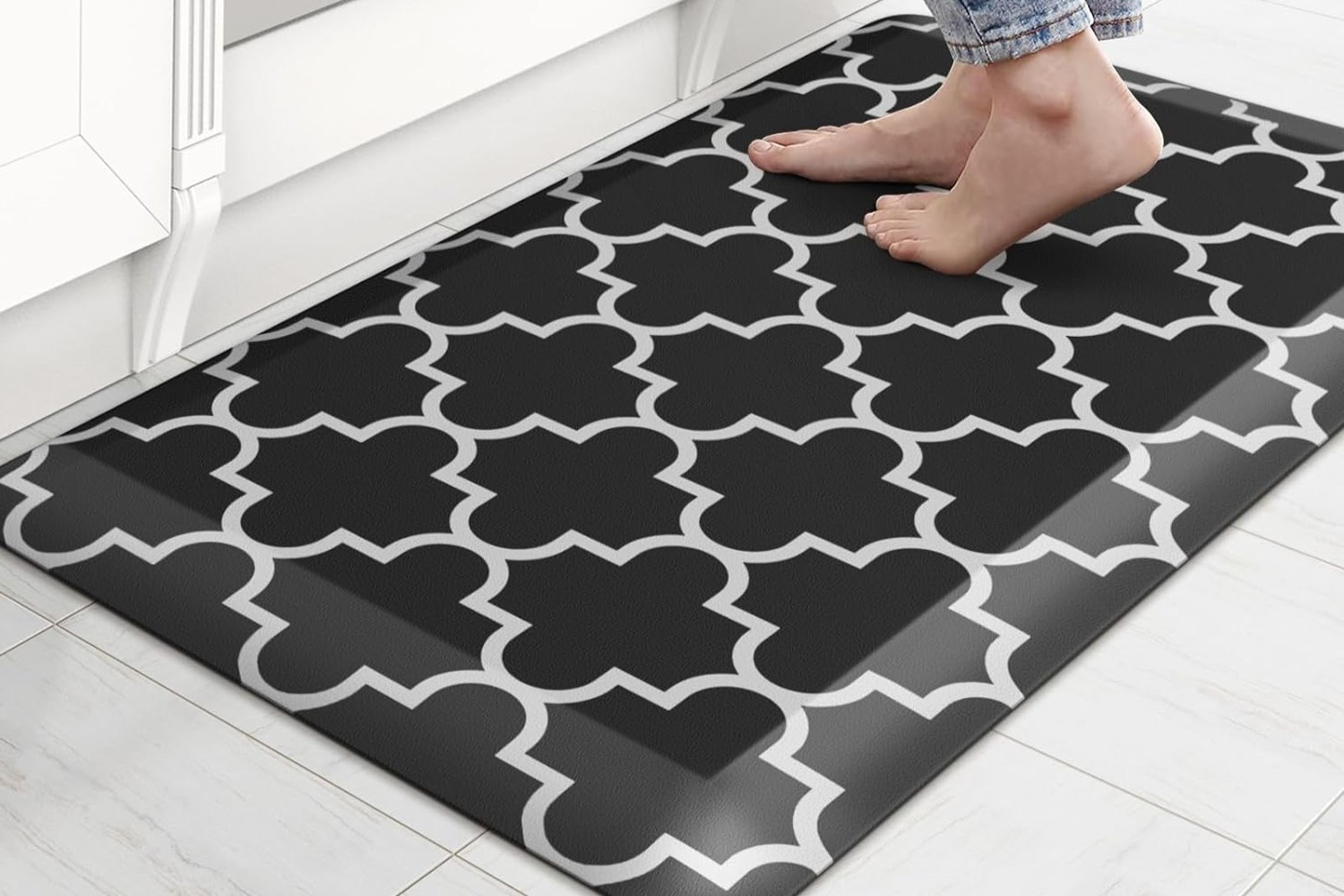

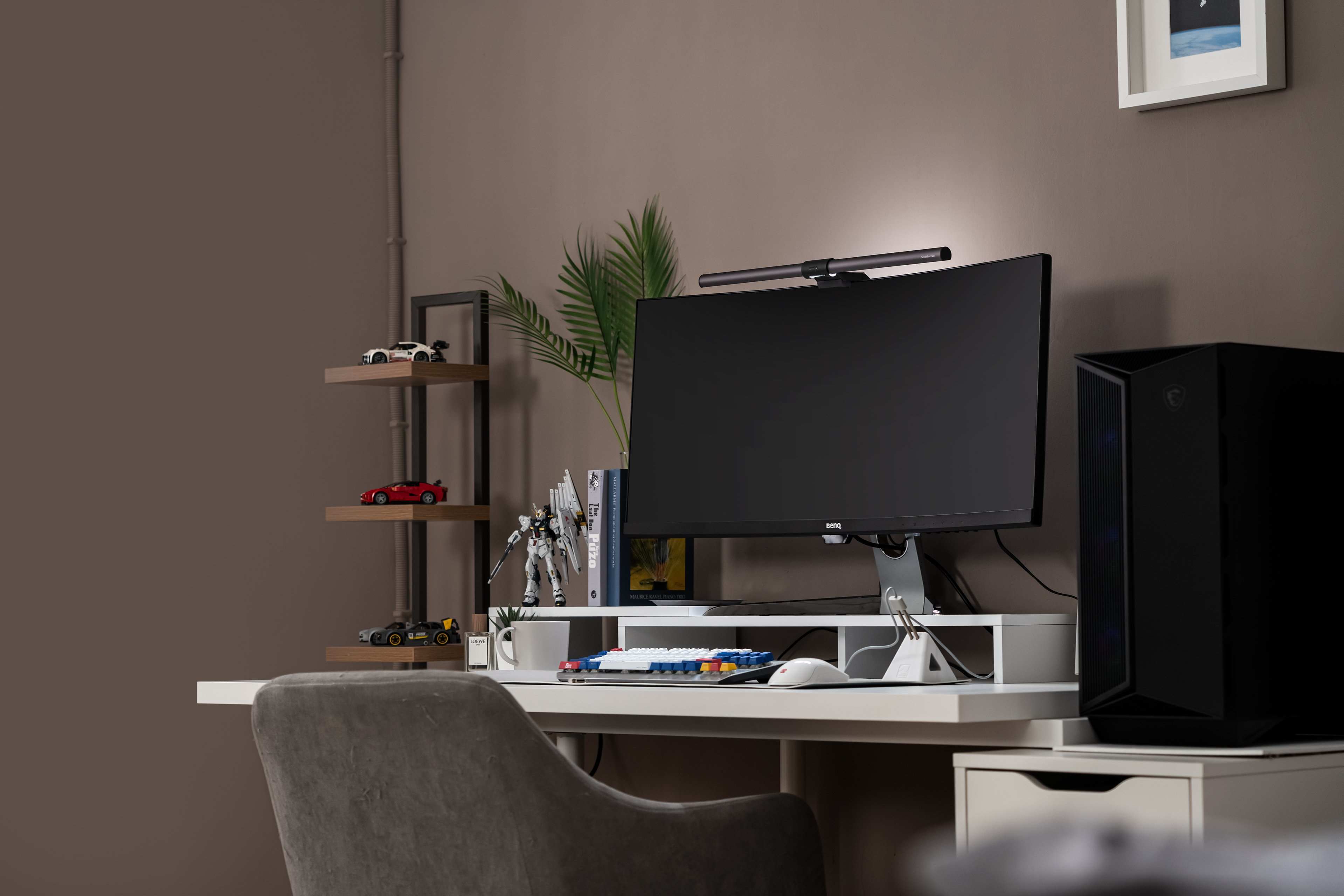


0 thoughts on “Home Office Ergonomic Mouse Selection Prevent Wrist Strain”